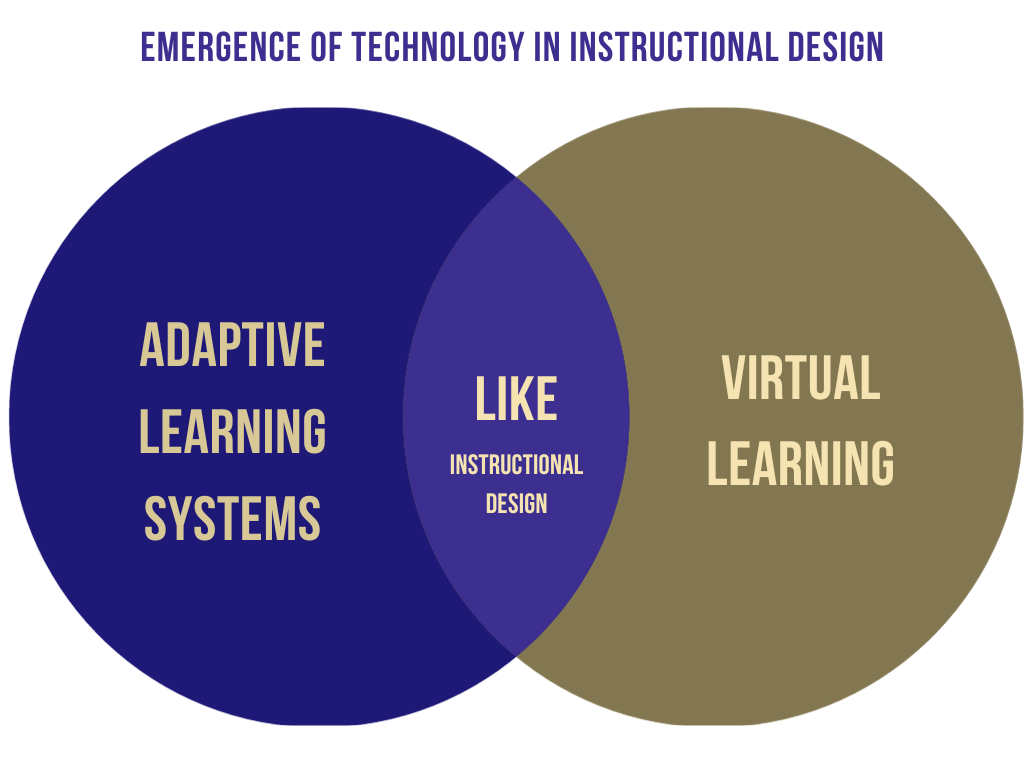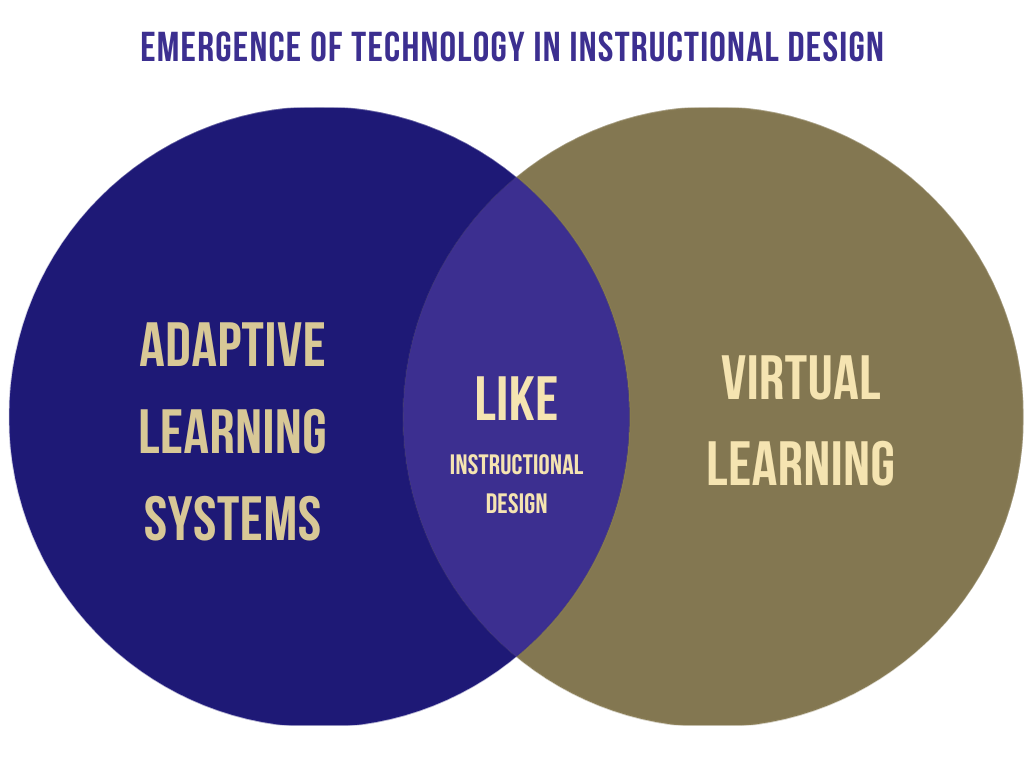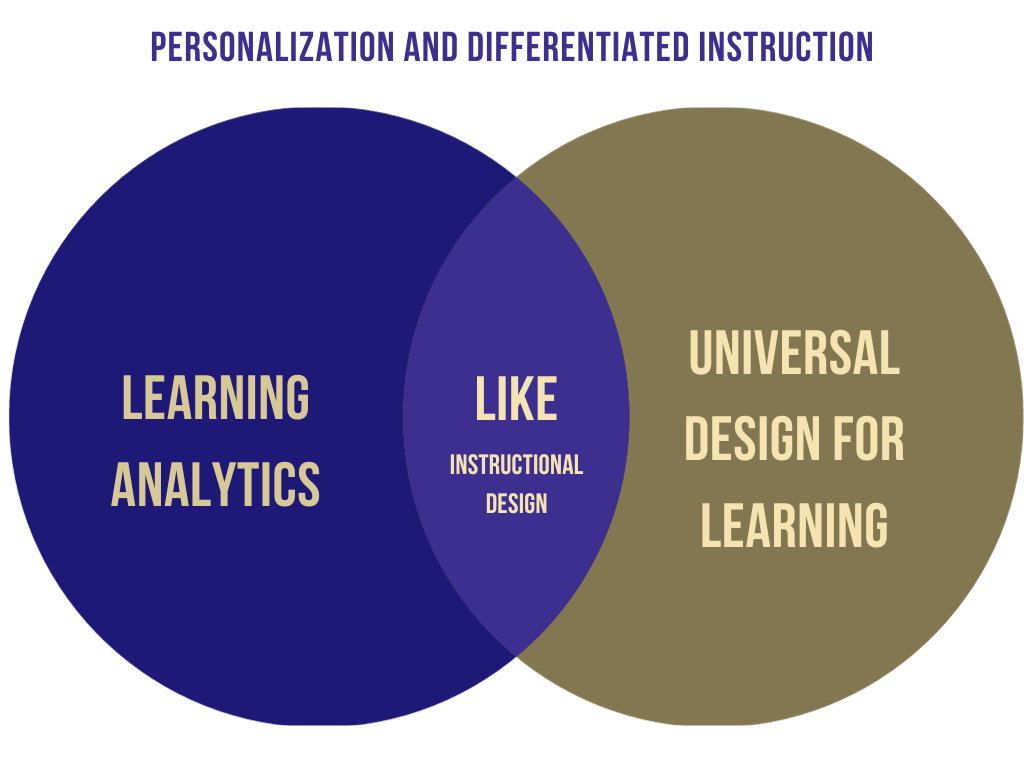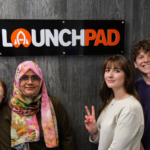Instructional design plays a crucial role in shaping the educational landscape by bridging the gap between conceptualizing educational content and delivering it effectively in the classroom. In recent years, there has been a revolutionary shift in instructional design methodologies, driven by advancements in technology, cognitive science, and a deeper understanding of diverse learning styles. This article explores the transformative journey from concept to classroom, unraveling the key components of this evolution in instructional design.
Emergence of Technology in Instructional Design
The integration of technology has been a game-changer in instructional design. Digital platforms, multimedia tools, and interactive simulations have reshaped how educational content is created and delivered. The move from traditional, static content to dynamic, immersive experiences has significantly enhanced student engagement and comprehension.
- Adaptive Learning Systems: Adaptive learning systems, powered by artificial intelligence, personalize the learning experience for each student. These systems analyze individual strengths and weaknesses, tailoring content delivery to optimize understanding. This fosters a more inclusive learning environment and empowers educators to effectively address diverse student needs.
At the LIKE Center, we embrace adaptive learning systems to tailor educational experiences to the individual needs of our students. Our adaptive learning platforms analyze students’ strengths, weaknesses, and learning preferences to dynamically adjust the delivery of content. This personalized approach ensures that each student receives the support they need to excel, promoting a more efficient and effective learning journey.
- Virtual Learning: At the LIKE Center of LIBT, we recognize the transformative power of virtual learning environments in breaking down geographical barriers and providing flexible access to education. Our courses are designed with immersive virtual learning experiences, where students can engage with multimedia content, participate in virtual labs, and collaborate with peers in real-time, creating a dynamic and interactive online classroom.

Cognitive Science and Learning Theories
Advancements in cognitive science have deepened our understanding of how individuals learn. Instructional designers are now integrating evidence-based learning theories into their frameworks to create more effective educational experiences.
- Constructivism: The constructivist approach emphasizes hands-on, collaborative learning. Instructional designers leverage this theory by creating interactive activities and group projects that encourage students to construct their knowledge through exploration and discovery.
- Cognitive Load Theory: Cognitive load theory focuses on optimizing the mental effort required for learning. Instructional designers streamline content delivery, break down complex information into manageable chunks, and incorporate multimedia elements to enhance understanding without overwhelming students.
Cognitive analysis is integral to our instructional design strategy. We leverage insights from cognitive science to optimize the learning experience for our students. By incorporating principles such as cognitive load theory, we structure our courses to maximize understanding and retention. Our goal is to create a learning environment that is not only intellectually stimulating but also cognitively efficient.

Personalization and Differentiated Instruction
Recognizing the diverse needs of learners, instructional design is moving towards greater personalization and differentiation. Customized learning paths, adaptive assessments, and flexible pacing empower students to progress at their own pace, ensuring a more inclusive and accommodating educational experience.
- Learning Analytics: Learning analytics tools provide valuable insights into student progress and engagement. By analyzing data on student performance, instructional designers can refine and tailor content to address specific challenges, enabling a more personalized and effective learning journey.
Learning analytics play a crucial role in our commitment to personalized education. We employ advanced analytics tools to track and analyze student performance data. This data-driven approach enables us to identify patterns, understand learning behaviors, and proactively intervene to provide additional support when needed. The insights derived from learning analytics contribute to the continuous refinement of our instructional design.
- Universal Design for Learning (UDL): UDL principles advocate for creating flexible learning environments that accommodate a wide range of learning styles and abilities. Instructional designers incorporate UDL strategies to ensure that educational materials are accessible to all students, fostering a more equitable and inclusive educational landscape.
In line with the Universal Design for Learning (UDL) principles, our instructional design prioritizes inclusivity. We strive to create content that is accessible to diverse learning styles and abilities, ensuring that every student, regardless of background or learning preference, can engage with the material effectively.

Collaborative Design and Agile Methodologies
Instructional design is no longer a solitary endeavor. Collaborative design approaches and agile methodologies are becoming more prevalent, allowing educators, subject matter experts, and instructional designers to work together in dynamic, iterative processes. The LIKE Center fosters a collaborative design culture, bringing together educators, subject matter experts, and instructional designers. This collaborative approach ensures that our courses benefit from a diverse range of perspectives and expertise, resulting in well-rounded, comprehensive educational experiences.
- Design Thinking: Design thinking, a human-centered approach to problem-solving, is gaining prominence in instructional design. This methodology emphasizes empathy, ideation, and iteration, fostering the creation of innovative and learner-centric educational experiences.
- Agile Development: Borrowing from software development practices, agile methodologies in instructional design prioritize flexibility and responsiveness. This iterative approach allows for quick adjustments based on feedback, ensuring that the final product is finely tuned to meet the needs of both educators and students.
Agile methodologies are at the core of our instructional design process. We understand that education is an evolving landscape, and our agile approach allows us to respond quickly to feedback, incorporate the latest advancements, and make continuous improvements to our courses. This iterative process ensures that our content remains relevant, engaging, and aligned with the evolving needs of our learners.

The evolution from concept to classroom in instructional design reflects a dynamic and multifaceted transformation. As technology, cognitive science, and collaborative methodologies continue to advance, educators and instructional designers find themselves at the forefront of a revolution in education. This revolution is not just about delivering information; it’s about creating meaningful, personalized learning experiences that empower students to thrive in an ever-changing world.
Through the thoughtful integration of technology, evidence-based learning theories, and collaborative design approaches, instructional designers are redefining the educational landscape, paving the way for a more inclusive, engaging, and effective learning experience for all. Our instructional design philosophy at the LIKE Center reflects a commitment to innovation, personalization, and inclusivity. By harnessing the potential of virtual learning, adaptive systems, agile methodologies, and cognitive analysis, we strive to redefine online higher education, offering our students a transformative and future-ready learning experience.







Leave a Reply
You must be logged in to post a comment.